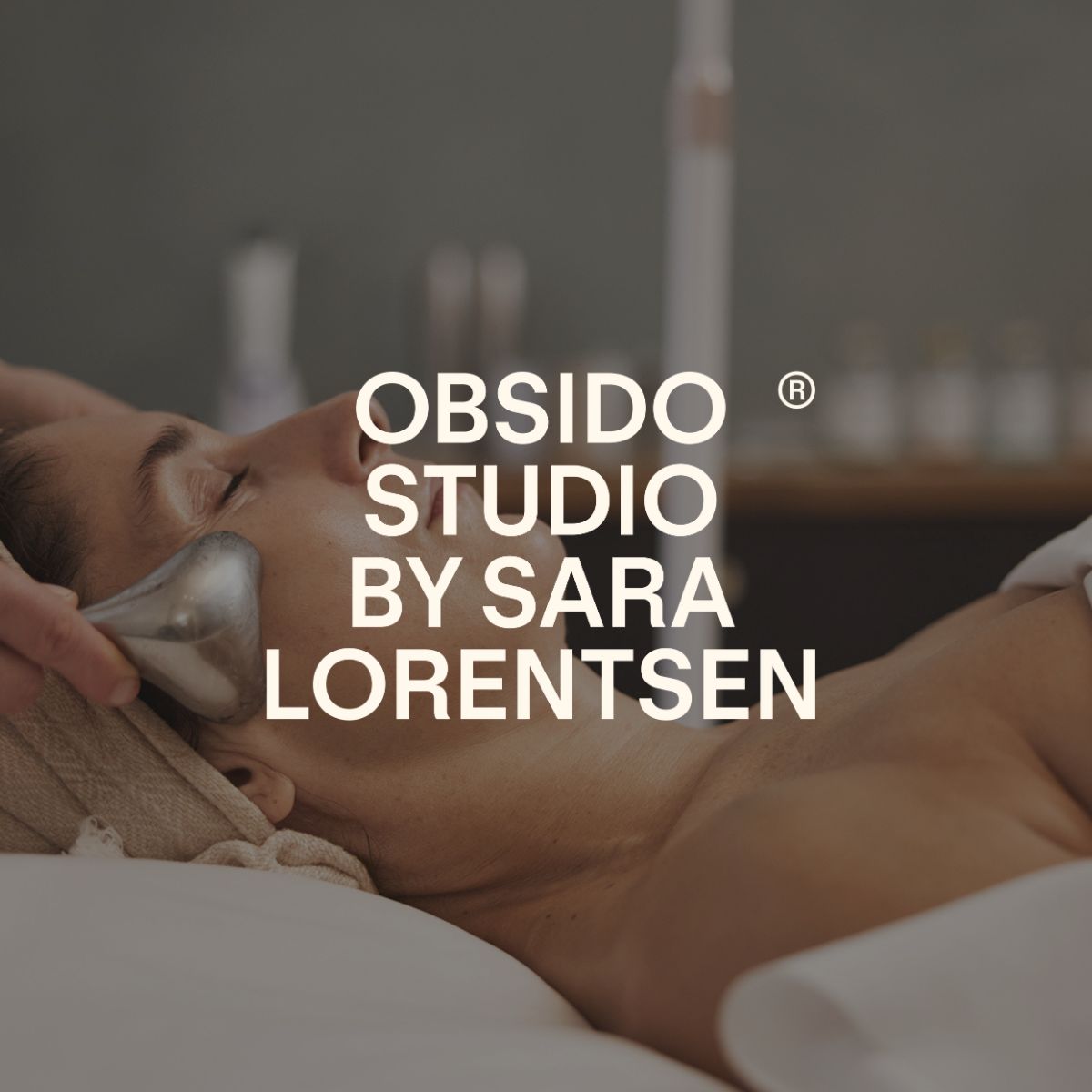Article: Why the body's connective tissue is important & how you nourish it?
Why the body's connective tissue is important & how you nourish it?
Article written byMai Copsøe
6 years ago I took part in a course on yin yoga - a yoga form that, unlike all other forms of yoga, is about 'turning off the muscles' so that we can work with the connective tissue. Until then, I had no idea how much impact connective tissue has on the body and its functions. Today, however, I know how this tissue provides support, protection and connection to both muscles, nerves and organs - and not least how it affects both our physical, emotional and energetic body. It is therefore important for both our inner and outer well-being that we keep it healthy. However, if you have not yet learned so much about the gentle but powerful effect of connective tissue, you can read along here and learn how to care for yourself from the inside.
What is connective tissue?
Connective tissue is also called fascia. It is a tissue under the skin that can be a bit like a spider web that connects the entire body from the crown of the head all the way down to our toes. Muscles, bones, nerves, joints and organs are all surrounded by and enveloped in this tissue, which protects, supports and carries information between everything in the body. It is a form of gel-like mass, and it can attract up to 10 times its own weight in fluid. The tissue consists mainly of collagen and elastic fibers. When connective tissue is healthy, it is fluid and mobile, so that information between different parts of the body slides easily, and we are flexible in our movements. However, it can often become tight, cramped and limit our mobility and internal communication system if we are not aware of it.
How does connective tissue work?
Connective tissue can be considered an intertwined network through which various information is sent around via electrical impulses. These concern not only our physical body, but also our nervous system.
Therefore, not only is our physical body affected by connective tissue, but also our emotions and mental health.
For example, if we have had surgery and scar tissue has formed in the area, this scar tissue will gently pull on the connective tissue from other areas. This can, for example, cause us to be unconsciously pulled in a particular direction in terms of attitude.
The connective tissue can also be affected if we only train our muscles in one area and never stretch. Then the connective tissue will slowly become harder and limit our mobility, which of course inhibits our muscles. Tension in the face can also appear as wrinkles. Just like with our physical body, our connective tissue is also affected by our emotions and experiences.
For example, if we go to work with a stomach ache over a long period of time because our working environment is bad, this can settle in the tissue after a while. If physical electrical impulses are sent to us repeatedly without us listening to and acting on the information, it tends to settle physically in the body.
It can also settle in the chest, hips, jaws or other areas if we ignore sensations that tighten for a long time because we are perhaps unhappy, stressed, angry, insecure, pressured or something else. It can of course also be affected by major life events such as a nasty traffic accident, an assault, bad shock or the like.
How do you work with your connective tissue ?
The good thing about connective tissue is that it is malleable. If we have had difficult experiences, or have areas in our body that are either painful or have limited mobility, we can create better elasticity. We can do this by creating more space inside through things like yin yoga, cupping, foam rolling and breathing.
The key to connective tissue in the body is that we attract more fluid to it, making it more fluid, creating more space and elasticity while releasing waste products. Connective tissue is slow in the sense that it takes time to attract fluid.
In yin yoga, as mentioned earlier, you 'turn off ' the muscles, so we gain access to the connective tissue, and at the same time you hold the stretches for longer than in all other forms of yoga. While yang yoga is about being dynamic and working on the muscles, yin does the opposite. Here we work with calm and gravity, while we gradually let the stretch become more intense. Therefore, it is a more meditative experience, where we use breathing to create more space inside, as the stretch gradually becomes stronger in strength. It also has the effect that we practice being in the body with the sensations rather than letting our head tell us about the experience or dictate what we should do.
Yin yoga gives us space to be with what is difficult without reacting. This creates space both physically, mentally and emotionally, while we slowly release what does not serve us. If you have tension in your face, cupping or massage can be very good for relaxing, creating better flow and relieving the lymphatic system.
It can also be good to work with a foam roller on different parts of the body - but especially around the neck and shoulders. Both cupping and foam rolling are great for a daily practice.
Why is it important to work with your connective tissue?
The body keeps accounts. Maybe you've read the book of the same name? In traditional Chinese medicine, they have worked for centuries with the meridians - our energy pathways, which run through our fascia. In the Western health system, we have not always been aware of its effect. However, Western research in recent years has actually shown that many keys to diseases or causes of death can be found in the connective tissue.
When we work with our connective tissue, we are therefore taking care of our health. It helps us to release waste products, tension and trauma, as well as improving our internal 'communication system'. However, in a purely practical way, it is also a beautiful thing to do, to care for, nourish and check in with oneself.
Through yin yoga, we get the opportunity to relax, find peace and listen inwardly. Here we give the body the opportunity to tell us how it feels and slowly find peace to expand, so that there is better inner space. At the same time, we cultivate an inner peace that we can take with us into everyday life. In addition, through cupping, foam rolling and massage, we can create daily rituals for ourselves that confirm that we are worth taking care of. These everyday rituals make such a big difference not only to our outer and inner selves, but also to how we take care of ourselves in everyday life.
One positive action can so easily lead to the next positive action and in this way, we can create a positive spiral for ourselves.

" My mission is to support individuals and groups on their journey towards optimal health, well-being and inner balance through holistic tools and guidance.
I have found that when people start focusing on their own health and well-being, they are more likely to lead their lives with greater awareness. This often leads to increased effectiveness at work and more ease in their lives overall – even in highly stressful environments with high performance pressure.
and many areas of responsibility. " -Mai Copsøe



